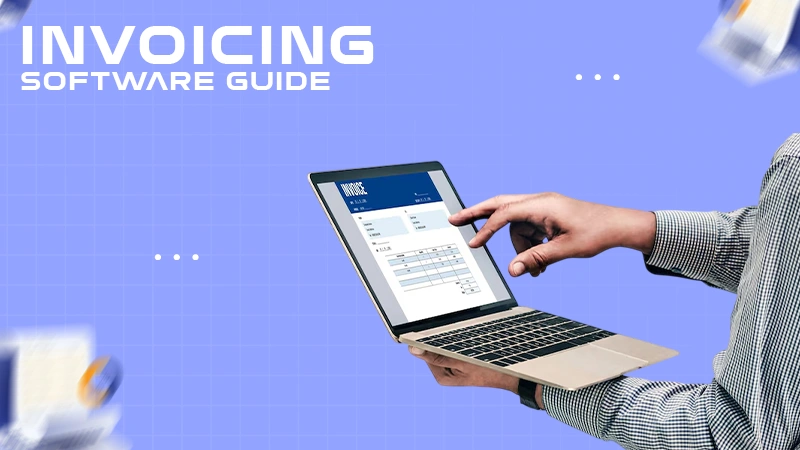
Curious why your website isn’t delivering like it should?
The answer is right in front of you. Your site is slow. It’s clunky. It’s annoying to use… And you have no idea, because you haven’t looked.
Here’s the deal:
53% of mobile users will leave a site that doesn’t load in three seconds or less. That’s more than half of your potential customers taking their business to a competitor.
But don’t worry…
A digital experience analytics platform will give you the insights you need to know exactly what’s going on with your website and app right this second. Armed with this information, you can start improving those problems before they start costing you money.
So let’s jump right in!
What You’ll Learn:
- What Is Digital Experience Analytics?
- Why Website Performance Matters (More Than You Think)
- How Analytics Platforms Will Improve User Experience
- Key Performance Metrics to Track
- How to Get Started with Experience Analytics Platforms
What Is Digital Experience Analytics?
Digital experience analytics is the process of collecting and analysing data about how users interact with your website or app.
Think of it as having a security camera on your website… Except instead of watching for shoplifters, you’re watching for problems that cause users to leave.
It works like this:
Tools like Quantum Metric and other digital experience analytics platform tools gather information about everything from your page load times to where users are clicking. This information paints a complete picture of your user experience and helps you see issues as they happen — not weeks or months later when it’s too late to do anything about it.
Why Website Performance Matters (More Than You Think)
Let me tell you something you may not have realized yet…
Performance isn’t just about speed. It’s about revenue.
90% of users have left an app due to a frustrating experience. All that money you spent on marketing, UX design, product development… Down the drain because your site was too slow.
But here’s the kicker…
84% of technology decision makers are planning to increase spending on data and analytics over the next year. Why? Because they understand that understanding user experience is key to staying ahead of the competition.
And 77% of brands now view customer experience as their key competitive advantage. If you’re not measuring your performance, you’re already behind the curve.
How Analytics Platforms Improve User Experience
And now for the fun part…
Analytics platforms don’t just tell you what the problems are. They show you exactly how to fix them.
Take a simple example. Say you notice users are abandoning their shopping carts on one specific page. With a digital experience analytics platform you can watch session replays to see what confused them, quickly identify buttons not working properly, and check which page elements are loading slowly.
This level of visibility is revolutionary. Instead of speculating about what might be wrong, you can see with your own eyes and know for a fact what needs to be fixed.
Real-Time Monitoring and Alerts
One of the most valuable features of these platforms is real-time monitoring.
Say your checkout process suddenly breaks. Without analytics you may not even realize it until Monday morning when you review your sales numbers. By then, you’ve already lost out on potentially hundreds of sales.
But with real-time alerts? You know about the problem within minutes and can often fix it right away.
Key Performance Metrics to Track
Not all metrics are created equal. Here are the most important ones to keep a close eye on:
Page Load Speed
We’ve already talked about speed. This is the first thing that should be on your list. If your pages take more than three seconds to load you’re losing more than half your mobile visitors before they’ve even seen your content. Track your load times on different devices and prioritize optimizing the slowest pages first.
Core Web Vitals
Google doesn’t just care about user experience. They care about your user experience, and they’ve made it a part of their ranking algorithm.
Only 43% of websites pass Core Web Vitals on mobile. That means you have a fighting chance if you optimize for these metrics, because you’ll immediately be ahead of over half your competition.
The three Core Web Vitals are Largest Contentful Paint (LCP) or how quickly your main content loads, First Input Delay (FID) or how fast your site responds to a user action, and Cumulative Layout Shift (CLS) or how stable your page layout is during loading.
Conversion Funnels
At what point are users dropping out of your conversion funnel? Analytics platforms allow you to see exactly which step in the process is losing you the most customers, so you can prioritize optimizing them.
Error Rates
Technical errors kill conversions. Track how often users encounter errors and which errors are most common. Focus on fixing the most damaging ones first.
How to Get Started With Experience Analytics
Ready to start optimizing your website performance?
Getting started with experience analytics is easier than you think. Most platforms offer free trials so you can see the value for yourself before committing to a subscription.
Install the tracking code on your website, set up alerts for critical issues like high error rates or broken checkout processes, and review your data on a weekly basis to look for trends. Fix the most damaging issues first based on business impact.
Don’t try to fix everything at once. Pick the biggest issues affecting the most users or revenue and start there.
Making Data-Driven Decisions
The true power of analytics comes from using the data to make decisions. Instead of arguing over which design is “better” or which feature should be built next… You can look at the data and see what’s actually working.
Wrapping Up
Digital experience analytics platforms are must-have tools for any serious website owner. They provide the information you need to know to optimize your performance, delight your users, and increase conversions.
The numbers don’t lie: Users have come to expect fast, smooth, hassle-free experiences. And if your site can’t deliver, they’ll happily go elsewhere.
To quickly recap:
- Install an experience analytics platform to track user behaviour
- Track your key performance metrics religiously
- Fix issues that will have the biggest impact first
- Use data to make decisions instead of guessing
The best time to start tracking your website performance was yesterday. The second best time is right now.










